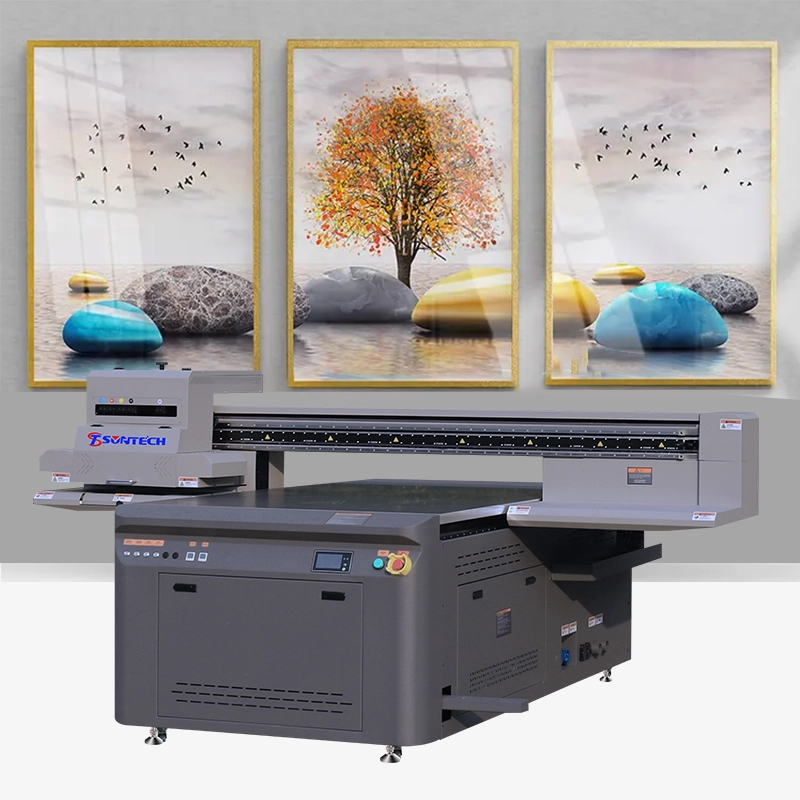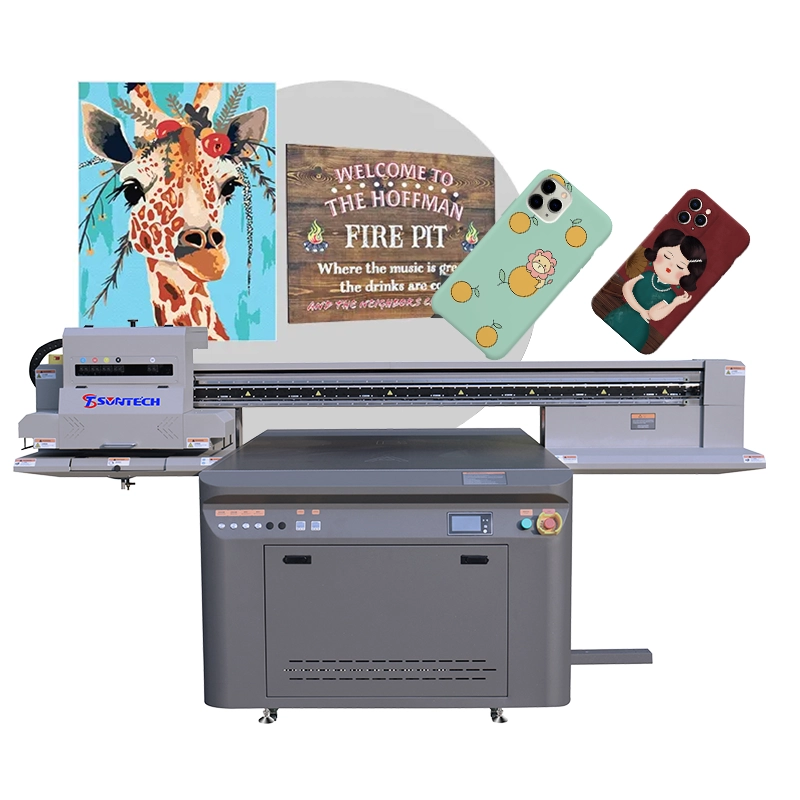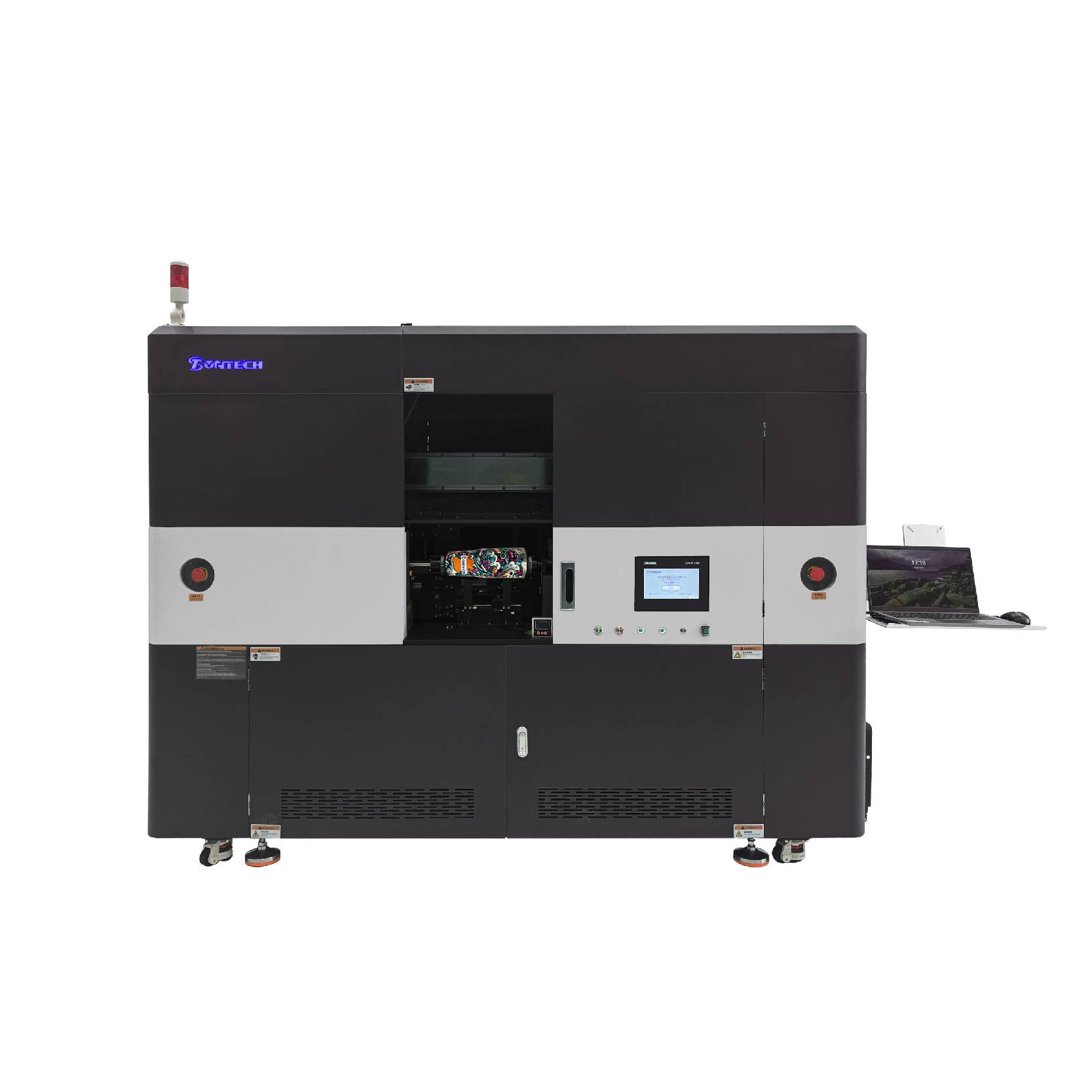Today, the industrial automation and high-speed textile manufacturing world has adopted conveyor belt technology as one of the most significant advances in modern printing. They combine digital exactness with mechanical efficiency; this combination allows for continuous, automated printing on a variety of materials, including delicate fabric and leather as well as heavy paperboard and flexible plastic sheets.
Contrastingly, traditional printed books are made with a constant need for manual intervention and adjustment; conveyor belt printed books utilize a motionless surface that moves materials through the printing area in exact correspondence with the print heads. This innovation enables continuous production without pauses, reduced waste, and precise coordination across large print runs.
However, what occurs inside these machines? How does the system maintain accuracy while traveling at such fast speeds? And why are more manufacturers in the textile, packaging, and industrial fields seeking out conveyor belt printers? Let’s explore in greater detail how they function, what they’re made of, and why they have become so crucial to modern manufacturing.
The Basic Principle of Conveyor Belt Printing
At its simplest, a conveyor belt printer is a digital printing system integrated with an automated transport mechanism. The belt continuously carries the printing substrate—such as fabric, paper, film, or leather—under one or more print heads. As the belt moves, the print heads spray or jet ink onto the surface in exact alignment, producing consistent, high-resolution prints even during long production runs.
The genius of this design lies in synchronization. The conveyor movement and the operation of the print heads are coordinated with extreme precision, often controlled by servo motors and sensors that constantly monitor speed, position, and belt tension. This coordination ensures that every image or pattern is applied exactly where it should be, regardless of belt speed or material type.
Traditional printers rely on stop-and-go movement: the substrate is loaded, printed, and then removed before the next piece is positioned. Conveyor systems eliminate this pause. Instead, they provide continuous printing, which dramatically boosts efficiency and throughput—especially in industrial-scale operations.
Core Components of a Conveyor Belt Printer
A conveyor belt printer may look like a single machine, but it’s really a complex integration of multiple subsystems, each designed for specific tasks. Let’s examine the major components and their functions.
a. The Belt System of Conveyance
The conveyor belt is both the transportation mechanism and the foundation for accurate printing. It’s typically composed of high-slip, anti-static materials like polyurethane or silicone-covered fabric. These substances prevent slipping while still maintaining stability at high speeds.
Motors that are typically used to drive belts are called steppers or servos. These motors maintain a consistent motion. The system contains rollers, tensioners, and position sensors that ensure proper operation and prevent stretching or skewing.
b. The Printing Heads Assembly
This is the center of the printer. Many conveyor belt printers utilize inkjet technology, which is typically based on piezoelectric or thermal print heads. These small nozzles expel microscopic fluid droplets directly onto the surface as the substrate traverses.
Depending on the type of printer and the intended purpose, it may utilize ultraviolet-curable inks, water-based pigment inks, or reactive dyes. For uses in textile design, pigment inks are most preferred because they bond to fibers well and maintain their color their brilliance after being washed.
c. The Ink supply and circulation system
To keep the print heads running smoothly, ink must flow consistently and remain pressurized properly. Advanced printers employ ink circulation systems that are closed-loop and prevent blockage; additionally, they maintain a consistent consistency of viscosity. Some have additional features that help to regulate the flow of ink and prevent it from becoming too thick; these include degassing and filter units.
d. The Drying or Curing Unit
Immediately following the printing process, the substrate is transferred to a section that cures the ink on the material. This can be accomplished using ultraviolet light, infrared heaters, or hot air dryers- depending on the chemical composition of the ink.
UV printers utilize ultraviolet light to instantaneously cure ink to a great degree of coverage. This is ideal for rigid or coated materials. Conversely, textile printers utilize heat or steam to bind the pigment to the fibers.
e.Control and Calibration System
Modern conveyor belt printers are equipped with complex software that controls movement, color management, and print resolution. Alignment is measured with sensors, and computer software adjusts for any small imperfections during the printing process.
This automation not only guarantees accuracy but also reduces the necessity of manual calibration, one of the greatest concerns in older printing systems.
The Printing Process Step by Step
Understanding how all these components work together gives us a clearer picture of how a conveyor belt printer operates from start to finish:
-
Material Loading – The substrate (fabric, paper, or sheet material) is fed onto the conveyor belt, either manually or via an automated unwinding system.
-
Belt Movement – The motor drives the belt at a constant speed, carrying the substrate into the printing area.
-
Print Head Operation – As the substrate passes under the print heads, ink is precisely sprayed according to digital design data.
-
Real-Time Adjustment – Sensors detect the position of the substrate, and the system makes real-time corrections to ensure accurate image placement.
-
Drying or Curing – The freshly printed material immediately enters a curing zone to fix the ink.
-
Collection or Rewinding – After drying, the printed material is either rolled, stacked, or cut to the desired size.
The entire process can run continuously for hours or even days, depending on production needs.

Why Conveyor Belt Printers Are Revolutionizing Production
There are several reasons why conveyor belt printing systems have become a cornerstone in manufacturing:
Constant Production
Because the system doesn’t have to halt between printings, production efficiency increases dramatically. Conveyor belt printers can create hundreds of meters of printed fabric or thousands of labels in one continuous run.
Absolute Precision
The combination of motor control and digital imaging technology is responsible for ensuring that even high-resolution prints are still sharp and consistent, despite the length of the run.
Flexibility in the handling of materials
These machines can deal with a variety of substrates- thin films, thick leather, textile sheets, and rigid plates. This versatility benefits them in multiple industries.
Labor and time savings
Automation diminishes human intervention. Once the system is set up and started, the operators primarily regulate the process rather than manually input or place materials.
Eco-Friendly Efficiency
By minimizing waste and improving the utilization of ink, conveyor systems facilitate a more environmentally friendly manufacturing process.
Applications Across Industries
Conveyor belt printers are not limited to one sector—they’ve found roles across a surprising range of industries.
- Textile and Apparel
This is perhaps the most visible application. Conveyor systems enable large-format digital textile printing, where designs are applied directly to rolls of cotton, polyester, or blended fabrics. High-speed pigment or sublimation inks produce durable, colorfast results used in fashion, home décor, and technical fabrics. - Packaging and Labeling
In the packaging industry, conveyor printers are responsible for handling cardboard, paperboard, and flexible materials. They’re beneficial for printing variable information like bar codes, serial numbers, and logos on packaging materials. - Industrial and Construction Suppliers
Manufacturers of ceramic tiles, laminates, or composite panels utilize conveyor-based printing for the decorative surface treatment. These printers can create patterns that resemble wood, stone, or metal with a remarkable degree of realism. - Leather and footwear
For synthetic or natural leather, ultraviolet printers can directly apply intricate patterns or logos to shoes, belts, or fabric. - Signage and Advertising
Large-scale conveyor systems utilize printed boards, sheets of plastic, and acrylic panels for interior and exterior advertising that guarantees consistent color and long durability.
Advantages Over Traditional Printing
Comparing conveyor belt printers with conventional flatbed or screen printing systems highlights why industries are shifting toward this technology.
-
Speed – Continuous operation eliminates downtime between prints.
-
Automation – Reduced need for manual handling lowers labor costs.
-
Flexibility – Quick changeovers between designs or materials.
-
Precision – Advanced motion control ensures alignment even over long runs.
-
Sustainability – Less ink waste, lower energy consumption, and cleaner processes.
For textile manufacturers, the difference can be enormous. Traditional rotary or screen printing requires multiple screens, chemical washes, and setup time. A conveyor belt digital printer can switch designs with just a few clicks—no cleanup, no waste, and no delay.
Challenges and Technical Considerations
No technology is perfect, and conveyor belt printing does come with a few challenges.
-
Belt Maintenance: Over time, belts can stretch or lose friction, leading to alignment errors. Regular calibration and cleaning are essential.
-
Ink Compatibility: Not all inks adhere equally to every substrate. Selecting the right combination of ink and curing method is critical.
-
Initial Investment: Conveyor belt printers, especially industrial-scale ones, can be expensive upfront—but the long-term savings often outweigh the cost.
-
Environmental Controls: Humidity and temperature can affect ink performance and belt stability, so proper climate control is required for consistent output.
Despite these considerations, most manufacturers agree that the benefits far outweigh the drawbacks, especially when productivity and precision are the main goals.

The Future of Conveyor Belt Printing
The next generation of conveyor belt printers is already pushing boundaries in speed, automation, and sustainability.
- Smart sensors and automatic control.
New methods combine the use of AI to automate calibration and predictive maintenance. Sensors acquire live, real-time data about the tension of the belt, the formation of drops of ink, and the quality of prints, while software algorithms immediately correct or notify operators of potential problems before they cause downtime. - Extended material compatibility
Manufacturers are attempting to create hybrids that can print on more complex substrates—stretch fabric, metal sheets, and ceramic— these substrates are being expanded upon beyond the traditional textile and packaging. - Green Technologies for Printing
Eco-friendly inks, low-powered curing systems, and reusable components are becoming common features. As environmental regulations become more stringent around the world, sustainable conveyor printing that is sustainable will become essential. - Modular design and scaleability
Future conveyor belt printers are likely to have components that can be changed or replaced without the entire system replacement. This flexibility allows companies to increase their production as demand increases.
Real-World Examples and Industry Impact
Many prominent textile and packaging companies have already adopted conveyor belt printing to meet the demand for personalization and speed.
For example, fashion brands now utilize digital textile printers to produce on demand; when a pattern is requested, it is printed only after the order has been received, which decreases the amount of inventory that is wasted. In the packaging industry, conveyor printers facilitate the variable data printing of information; each box or label is capable of carrying out unique tasks such as the installation of promotional graphics or codes.
This style of mass customization is not possible with older methods. Conveyor belt systems are both practical and profitable.
Maintenance and Best Practices
To keep conveyor belt printers performing at their best, regular maintenance is essential.
-
Clean the Belt Frequently: Dust, ink overspray, or fibers can build up and affect adhesion.
-
Monitor Belt Tension: Proper tension prevents slippage or skewing.
-
Inspect Print Heads: Clean nozzles prevent banding and ensure consistent droplet placement.
-
Check Calibration: Recalibrate regularly to align print head movement with belt motion.
-
Maintain Environmental Stability: Keep humidity and temperature within manufacturer-recommended ranges.
With proper care, a well-built conveyor belt printer can operate reliably for many years, delivering exceptional print quality and high uptime.
Why Conveyor Belt Printers Represent the Future
The core of industrial advancement is speed, Accuracy, and Adaptability, all of which are represented by conveyor belt printers. They combine digital creativity with mechanical precision, which enables businesses to expand their operations without sacrificing customization or quality.
For fabric, they facilitate large personalization; for packaging, they allow for dynamic design branding; and for industrial materials, they produce beautiful, long-lasting products.
In a manufacturing industry that is increasingly concerned with sustainability and versatility, the conveyor belt printer is not only a device but also a symbol of the intelligent engineering that continues to shape production.
Conveyor belt printers have re-conceptualized what is possible in digital manufacturing. Their smooth integration of automation, design freedom, and precision has led to new standards in industries.
By moving materials through highly automated digital print systems, these systems eliminate stoppage time, increase consistency, and expand the range of materials that can be printed. From the design of textiles to the packaging of products, their uses increase every year.
As new features in AI, chemical ink, and motion control become prevalent, conveyor belt printers will only become more rapid, green, and versatile. They are the foundation of tomorrow’s smart factories: machines that not only print, but also produce with intelligence, efficiency, and aesthetics.




